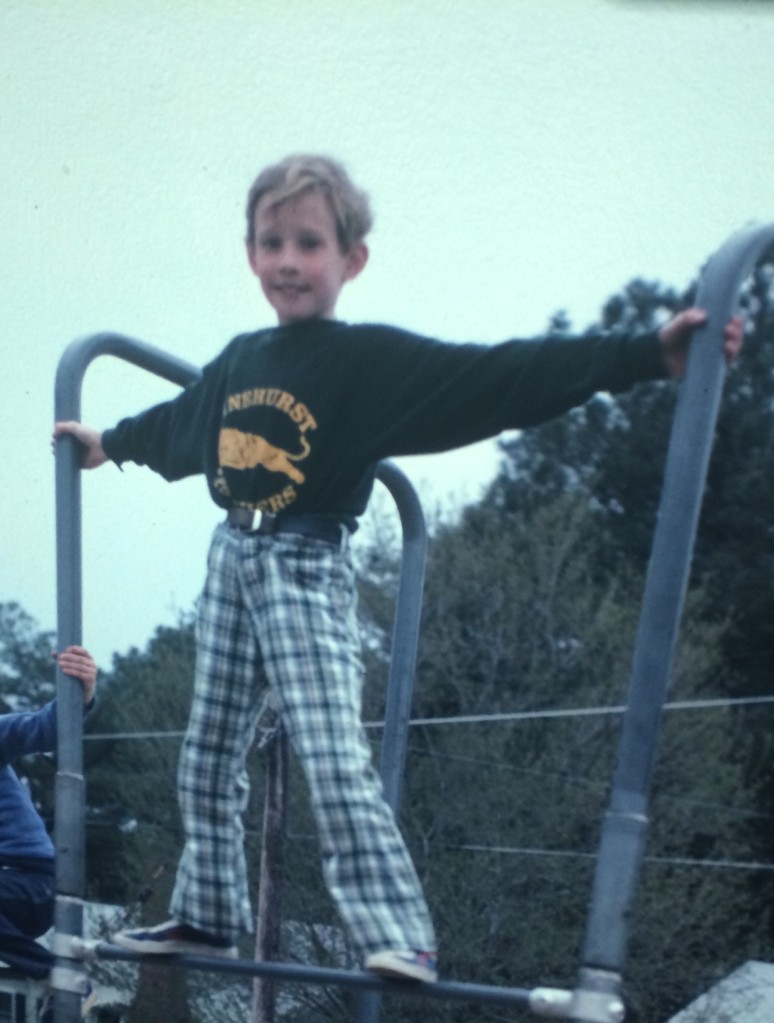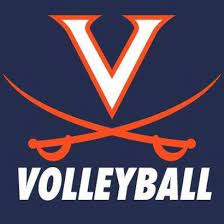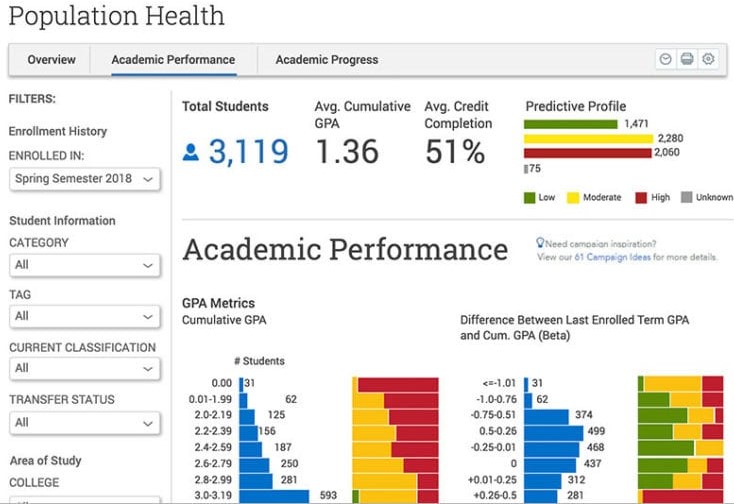A copy of this article appeared in EdSurge (reports on the people, ideas and tools shaping the future of learning) on August 1, 2022.

Not All Student Affairs Staff are the Same

I grew up a math and science self-described “nerd.” I took Calculus I, II, and III in high school at the local college and my first year at the U. of Virginia included two semesters of honors chemistry – that had a prerequisite of AP chemistry – and I had not taken it. I also took physics for physics majors – which my father thought would be good in case I majored in physics – which I did not.

As an achievement minded young man, I “knew” that my worth was predicated on my semester grade point average. I studied for hours every day, rarely going out to do anything fun. It reached the point where I was depressed and in serious need of some help. It was not until my third year in college that I discovered there was life outside of classes (the reverse of most students). That year, I tried out and made the men’s club volleyball team and I joined the Fellowship of Christian Athletes. Soon thereafter, I began to experience the power of honest and caring relationships. This shifted my focus on career prestige to one focused on students like me seeking transformative relationships in college.
As soon as I discovered it, I fell in love with student affairs. However, I also quickly realized that I was not like my colleagues. My personality, with my focus on scientifically evidenced results, often resulted in my peers seeing me as more head than heart. If you don’t know, student affairs staff are typically some of the most caring and supportive folks you can find at a college. I, on the other hand, cared, but I expressed my caring more through my thinking and actions. However, since an early age, my biology teaching father had taught me to challenge assumptions and focus my efforts on proven results.
Building Relationships vs. Building an Organization

Interestingly, this difference in approach to student affairs work was further highlighted in the results of my doctoral dissertation. In my study of the then nationally recognized Principles of Good Practice in Student Affairs (1999), I used a factorial analysis to discover that the seven principles were grouping in two major variables.
The first of these variables I termed “Building Relationships with Students” and included active involvement in students’ lives, a focus on building relational community, and efforts to be inclusive through supportive relationships. The second factor I called “Building an Organization for Students,” and it focused on using resources effectively, assessing outcomes systemically, and partnering with other units in an effort to impact more students. The results revealed that the large majority of staff in student affairs were focused on “building relationships with students,” and a much smaller percentage of student affairs staff were invested in “building an organization for students.”
Building a High Performing Organization at Baylor
My friend and one time supervisor at Baylor University, Dr. Kevin Jackson, and I, liked to use an analogy that if the ~180 Baylor full-time student affairs staff were each able to personally get to know and positively impact 25 students in a year, we would have reached 4,500 of Baylor’s 18,000 students. However, our divisional vision was to be a transformative presence in the lives of all our students. A model focused primarily on strong staff relationships with students would not reach this goal.
On the other hand, if could design a system that was less staff-to-student focused, we would have the potential to impact many more students at Baylor. One of the ways we achieved this was in markedly expanding the number of student leader positions and investing in these students’ training and guidance for their influence. In addition to the standard resident assistant roles at most universities, our division’s staff created partnerships with multiple departments to hire and educate at least 5 different types of peer leaders. With the at least 700 paid or elected student leaders investing in just ten students each, we were able to reach at least another 7,000 students.
Ideally, most of these 7,000 students would not be double counted. We reduced this overlap by using a product called Navigate from the Education Advisory Board which allowed for us to document meaningful interactions with students and thereby, through a data-driven system of discovery, identify which students were performing poorly and had not received intentional outreach.

Performing poorly, in general, meant that those students whose indicators of academic and social integration were lacking. Academic success was easily ascertained with mid or end of semester grades. Our most effective measure of social integration involved an early in the semester survey for first year students called New2BU. The most effective of survey prompts, four to seven times more predictive of first year retention than every other measure, was a student’s agreement to the statement, “I feel like I belong at Baylor University.”
Once we had identified the ~10% of students who did not think they belonged at Baylor, we were able to put our student support networks on alert and prompt outreach from student leaders and staff. This outreach was admittedly much more challenging than working with the students who came to us, because now we were attempting to contact and involve students who in many cases were subconsciously or consciously avoiding any positive influences.
Admittedly, any system has flaws, but our model, during my time at Baylor, resulted in an increase of first to second year retention from 82% to 91%. A jump of 9% in ten years was extraordinary for Baylor because of the size of our student body, making percentage jumps of more than a few percentages quite rare.

Who Doesn’t Want to Save Millions of Dollars?
If we take a more scientific approach to the math on the retention improvement, we could easily argue that an increase of this size (9%) is equivalent to a savings of ~$50 million dollars (the math behind this estimate is as follows:
- In the past decade, Baylor has averaged around 3,400 new students per year.
- If an additional 9% of these students are retained in just 2021, than had been retained ten years earlier, there would have been 306 additional students persisting at Baylor.
- The approximate average net price that a student pays at Baylor is $40K per year.
- These 306 students provide, on the average, 4 years of additional net tuition revenue to Baylor.
- The savings are: 306 students X 4 years in college X $40K in net tuition/year = $48.960 million.
- This ~$50 million is just for one entering class of students.
- If we were to save this money over 4 years of incoming student classes, our savings could be upwards of $200 million.
If we were to save this money over 4 years of incoming student classes, our savings could be upwards of $200 million.
Results like this demonstrate that in spite of the many joys that come from meaningful student-staff relationships, student affairs staff might benefit by spending more time articulating their goals, processes, and overall impact.
I have worked with colleagues over the past 30 years to offer more of this strategy mindset to our work. In general, I found most colleagues to be open to the concept of designing and leading high performing organizations vs. working with students who emailed, called, or showed up at their offices each day. Ultimately, I believe all humans at some point in their lives want to know their life calling(s). In the absence of this purpose, many of us seek meaning through relationships that result in the involved parties feeling affirmed. I’ll end with an analogy that applies the concepts of ongoing relational investment vs. periodic strategic thinking and planning for improvement.

Once upon a time, there were two woodcutters named Jerome and Juan. One day, they decided to hold a competition to see who could chop the most wood.
The next day morning, both of them started chopping away in their fastest possible speed. After an hour, Jerome suddenly stopped. When Juan realized that there was no chopping sound from his Jerome, he thought: “He must be tired already!” and he continued to cut down his trees.
After 15 minutes, Juan heard Jerome chopping again. After a while, Juan began feeling weary but then he heard Jerome stop chopping again so he kept pushing forward, more slowly though.
As the day went on, every hour, Jerome would stop chopping for 15 minutes while Juan kept going. When the competition ended, Juan was confident that he would triumph.
But to Juan’s astonishment, Jerome had actually cut down more wood. “How could you have chopped down more trees than me? I heard you stop working every hour for fifteen minutes!”, exclaimed Juan.
Jerome replied, “It’s quite simple. Every time I stopped work, I was sharpening my axe.”
Busyness, meetings, and relationships are not going to be the best determinants in impacting students. If, instead, we focus on purposeful work for a high performing organization, at the end of the day, we will be able to impact more students than we thought possible.
p.s. for other examples of organizational thinking at work, consider reviewing A Maturity Table for Institutional Student Success or reading My Million Dollar Idea.
